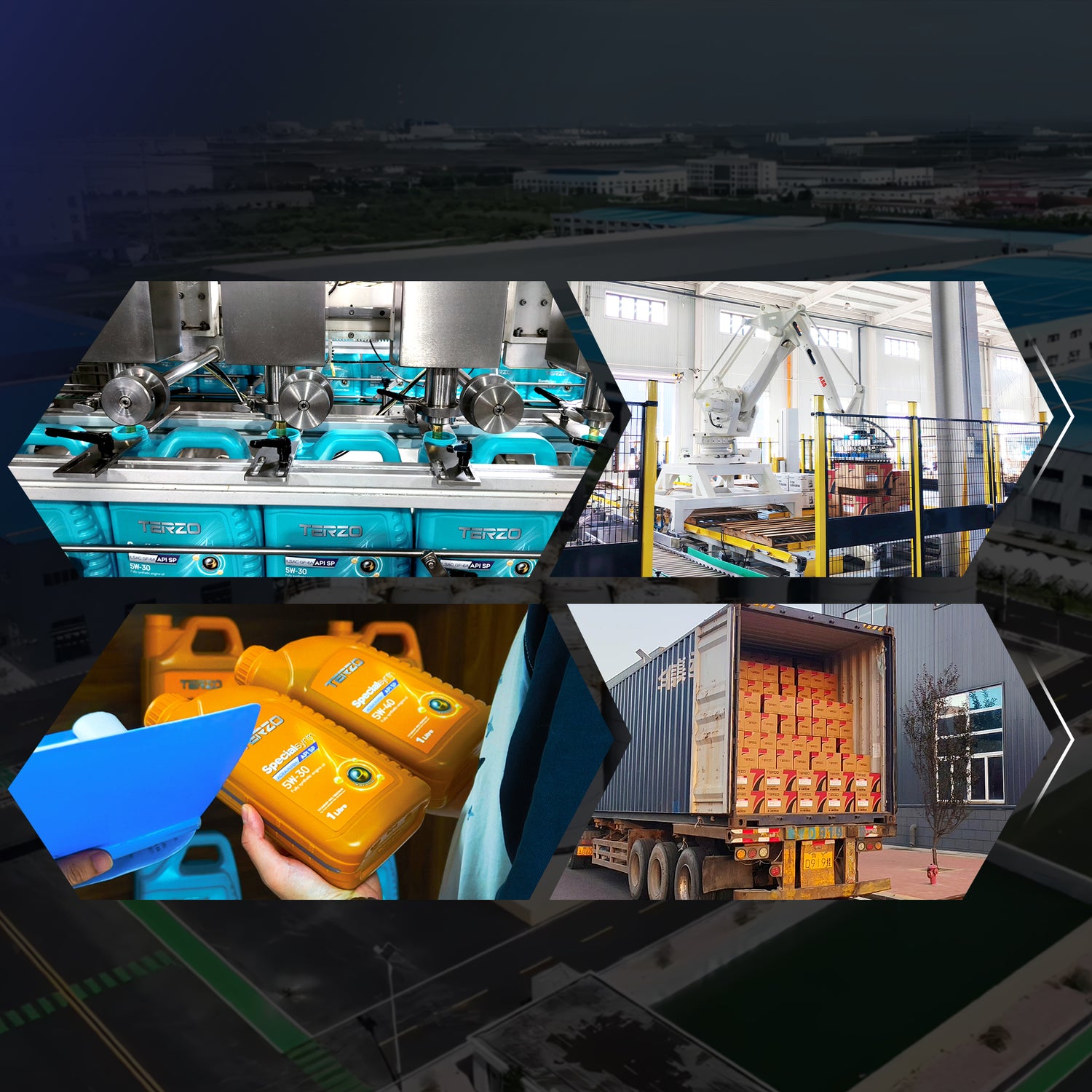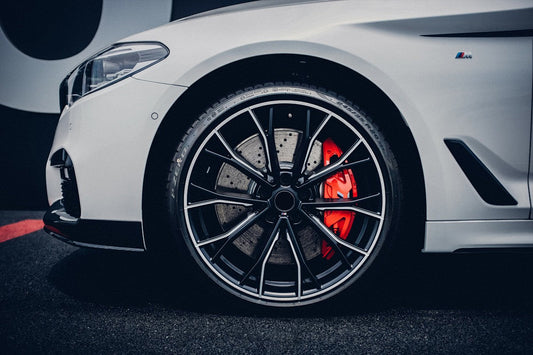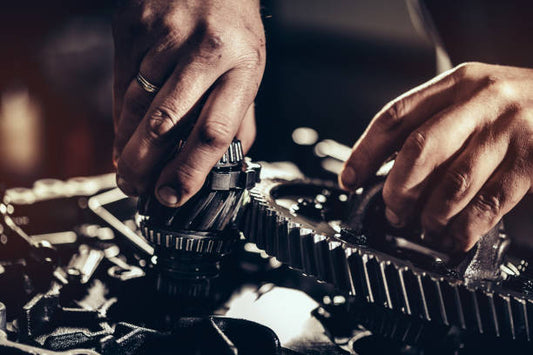Brake Fluid Specs: DOT4 vs DOT5.1 Boiling Points & Maintenance
Brake fluid, also known as hydraulic brake fluid, is a functional liquid used in vehicle hydraulic braking systems to transmit pressure, enabling wheel brakes to function. It primarily serves roles in energy transfer, heat dissipation, rust/corrosion prevention, and lubrication. With advancements in automotive technology, brake fluids have evolved from castor oil-based and mineral oil-based types to fully synthetic formulations. Modern standards encompass over a dozen physicochemical and bench-testing criteria, with critical attention required to the following five parameters during sales and usage:
Key Parameters and Performance Indicators
-
Equilibrium Reflux Boiling Point (ERBP)
- The boiling temperature measured under standardized dry conditions, reflecting the high-temperature resistance of fresh brake fluid. Higher ERBP values indicate better high-temperature performance.
-
Requirements:
- HZY3: ≥205°C | HZY4: ≥230°C | HZY5: ≥260°C | HZY6: ≥250°C
- For most passenger vehicles (HZY4), replacement is recommended when ERBP drops below 170°C.
-
Wet Equilibrium Reflux Boiling Point (WERBP)
- The boiling temperature measured after the fluid absorbs moisture, simulating real-world usage. Higher WERBP values ensure stable performance in humid conditions.
- Example: DOT5.1 brake fluids typically achieve WERBP >180°C.

Common Brake Fluid Types and Performance Comparison
| Type | Key Components | Boiling Point | Applications | Service Interval |
|---|---|---|---|---|
| DOT4 | Ether-alcohol-based | ≥230°C (ERBP) | Standard passenger vehicles | 2 years / 50,000 km |
| DOT5 | Silicone-based | ≥260°C (ERBP) | Extreme cold regions (limited use due to water separation risks) | 6 months / 20,000 km |
| DOT5.1 | Borate ester-based | ≥260°C (ERBP) | High-performance cars, racing vehicles, ABS-equipped systems | 2 years / 50,000 km |
DOT5.1 Advantages:
- Superior moisture resistance, high ERBP/WERBP (>260°C dry, >180°C wet), and oxidation stability.
- Compatible with DOT3/DOT4 systems, ideal for harsh conditions (e.g., frequent braking, mountainous terrain).
TONIC Kinetic DOT4+HD:
- Synthetic formulation with ERBP ≥260°C and WERBP >160°C, comparable to DOT5.1 for track/performance use.

Consequences of Delayed Brake Fluid Replacement
- Corrosion: Hygroscopic properties lead to water absorption, corroding metal components (e.g., calipers, master cylinder).
- Vapor Lock: Moisture lowers boiling points, causing fluid vaporization under heat and resulting in spongy brakes.
- Blockages: Contaminants (e.g., sludge, particles) accumulate, impairing hydraulic pressure transmission.
When to Replace Brake Fluid?
-
Symptoms:
- Uneven braking force or extended stopping distances.
- Soft brake pedal feel (indicative of air bubbles).
- Testing: Measure moisture content (≥3% water indicates replacement urgency).
For real-time updates on automotive standards or compatibility queries【TERZO】 




